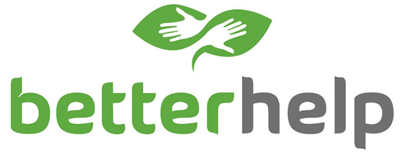Have you ever done a finger painting with a small child? You playfully splash paint all over the place while creating new shapes and colors. After you’re done, there’s no reason to be concerned about the end result of your finger painting. And no reason to be disappointed it’s not going to hang in a museum. That’s what using expressive arts therapy is like. The fun is in the participation, and so are the mental health benefits.
Expressive arts therapy purposefully uses a wide range of art forms – performance, music, writing, drawing, mark making, and play – to enhance outcomes in psychotherapy and wellness programs. To delve deeper, check out BetterHelp’s thoughtful guide to healing with expressive arts therapy.
In this article, we’ll look at what makes expressive arts therapy effective and the kinds of mental health conditions this form of therapy is used to treat.
Is Expressive Arts Therapy Effective?
While this form of therapy may not be as well studied as some forms of mental health treatment, there is research showing that expressive arts therapy can be an effective alternative to traditional mental health care in the form of talk therapy. Expressive arts therapy may be a particularly effective method for people who are non-verbal, which gives them a way to express their feelings in another format.
What Art Forms Are Used in Expressive Arts Therapy?
While we often think of art as being a painting in a museum, there are many forms of art. In expressive arts therapy, many different kinds of art forms can be engaged in. From simple drawings and finger painting, sculpting, and dancing to composing music, creative writing and poetry.
There’s no right or wrong form way for someone to engage in art therapy, often the person in therapy chooses the kind of art they enjoy. It’s possible for someone to really enjoy composing music, or for someone else to enjoy benefits from scribbling with crayons.
Expressive arts therapy does tend to take a more integrated approach, which uses all different kinds of arts. For some people, it can be beneficial to focus on the practice of art rather than working to master a certain medium.
Sometimes people use their nondominant hand to help them access their feelings in a way that isn’t related to any form of perfectionism or trying to get the image they’re creating “right.” The therapist may even recommend the person start with their eyes closed, so there’s less focus on knowing the outcome and judging.
Who Is Expressive Arts Therapy For?
Expressive arts therapy is used to treat a wide range of behavioral and mental health conditions, including those with ADHD, PTSD, and those with autism. This therapy recognizes art as a form of communication in itself. For those experiencing post-traumatic stress disorder (PTSD), expressive arts therapist may offer particular benefits. PTSD is widely correlated with sensory modulation difficulties, which may be improved with sensory engagement activities in an expressive arts therapy session.
In Conclusion
With expressive arts therapy, the journey is the destination. It’s important not to let any reservations about having artist-level skills get in the way of pursuing this form of therapy, if you believe it could be helpful. And don’t hesitate to reach out for help if you’re feeling overwhelmed. Reaching out for help is one of the healthiest things we can do to support our mental health.
Disclaimer - The post is developed in partnership with BetterHelp.

